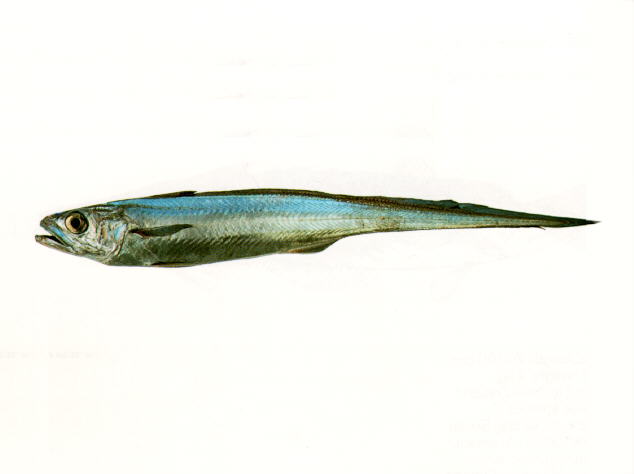| Macruronidae (Blue grenadiers) |
| 120 cm TL (male/unsexed); 130 cm TL (female); max.weight: 1,500.0 g; max.weight: 7,000.0 g; max. reported age: 25 years |
|
benthopelagic; brackish; marine; depth range 0 - 1000 m, oceanodromous |
| Southwest Pacific: New Zealand and southern Australia. |
|
Dorsal spines (total): 12-13; Dorsal soft rays (total): 96-106; Anal spines: 0-0; Anal soft rays: 89-93; Vertebrae: 78-81. Dorsal surface silvery, with a purple or blue-green tinge; plank and belly silvery; fins darker. Body very elongate and compressed with a tapering tail, dorsal and anal fins confluent with the caudal fin (Ref. 33856). |
| Appear to live usually on or near the bottom, but may occasionally move up into mid-waters. Large adult fish generally occur deeper than 400 m, while juveniles may be found in shallower water (Ref. 9072), more commonly found in large estuaries and bays, and may even enter freshwaters (Ref. 1371). Juvenile specimens and especially adults belonging to the American subspecies, have been caught from the coastal zone to 110 m (Ref. 58452). Form schools. Feed primarily on lantern fishes. In New Zealand, it feeds in midwater on small fish, crustaceans and squid. Oviparous, spawn 1 million eggs on the average which are released all at one time (Ref. 6390). Utilized fresh and frozen; can be steamed, fried, cooked in microwave and baked (Ref. 9988). |
|
Not Evaluated (N.E.) Ref. (130435)
|
| harmless |
Source and more info: www.fishbase.org. For personal, classroom, and other internal use only. Not for publication.
